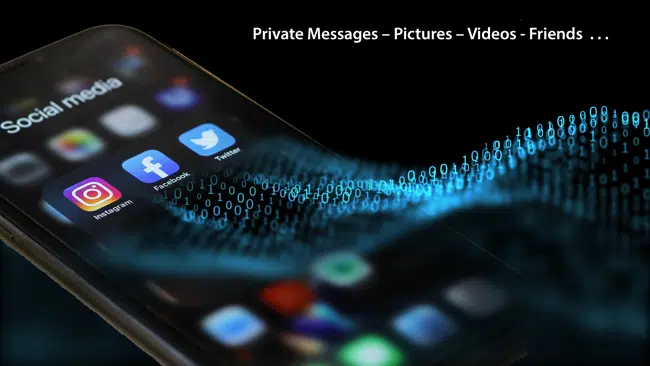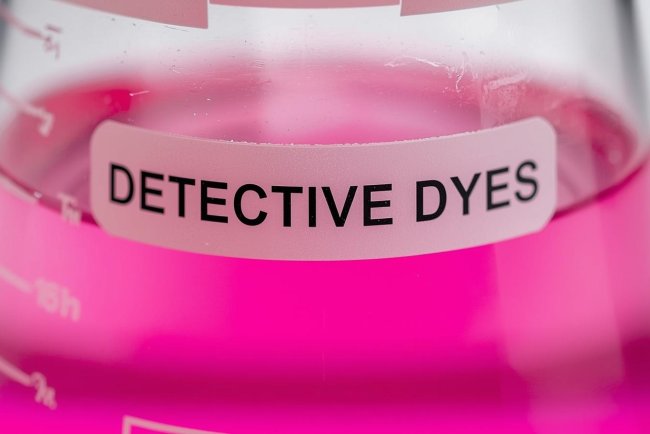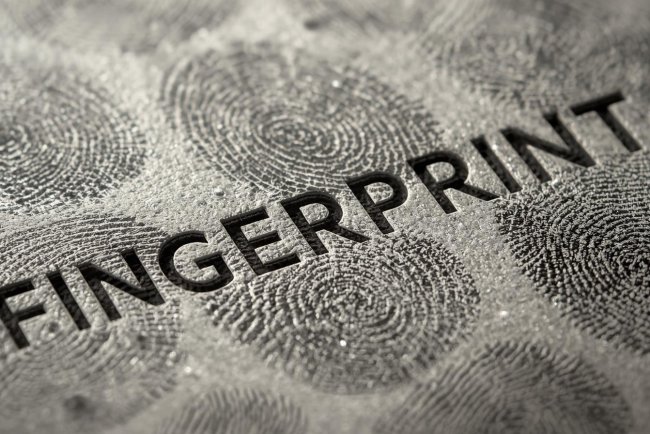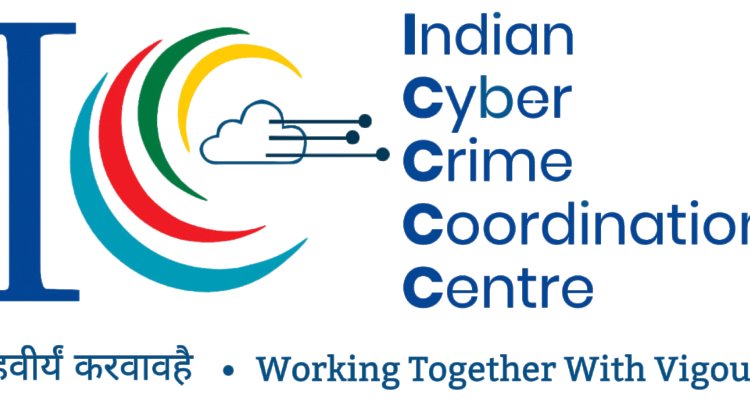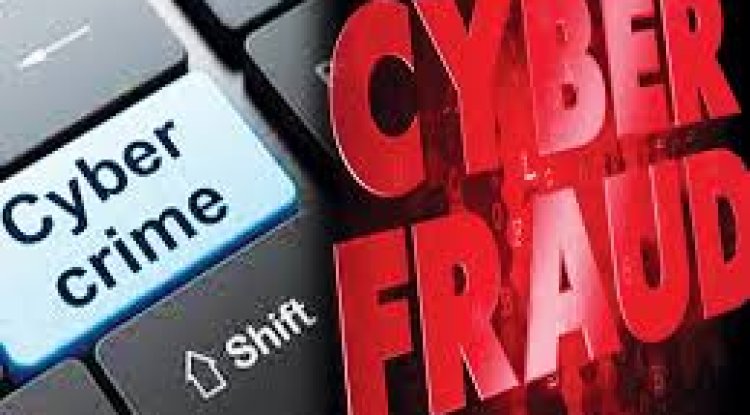Social Media Evidence Collection in Forensic Science
Social media has developed into a potent digital evidence source for contemporary forensic investigations. To assist with criminal, civil, and business investigations, law enforcement organizations, digital forensic experts, and legal teams are depending more and more on social media data.
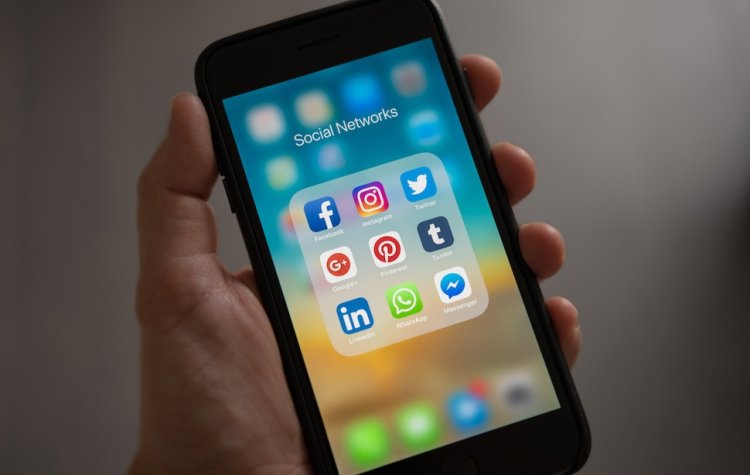
What Is It?
Social media evidence collection refers to the process of identifying, collecting, preserving, authenticating, and analyzing content from platforms like:
-
Facebook, Instagram, Twitter/X, Snapchat
-
TikTok, YouTube
-
WhatsApp, Telegram, Signal
-
LinkedIn, Reddit, Discord, etc.
This content includes:
-
Posts, comments, photos, videos
-
Direct/private messages
-
Likes, shares, and reactions
-
Geolocation data
-
Metadata (timestamps, user IDs, device info)

Why It Matters in Forensics
Social media content can:
-
Place suspects or victims at specific locations
-
Reveal intent or motive through messages or posts
-
Show gang affiliation or organized crime activity
-
Offer alibis or contradictions
-
Help in missing persons or cyberbullying cases
-
Assist in workplace misconduct or harassment investigations
Legal & Procedural Challenges
-
Authentication
-
How do you prove a suspect really made a post?
-
Screenshots are not always reliable; metadata is crucial.
-
-
Chain of Custody
-
Social media evidence must be collected in a forensically sound way to be admissible in court.
-
-
Privacy Laws & Warrants
-
Accessing private messages may require a court order or search warrant.
-
Cross-border servers (e.g., Meta/Facebook in the US) add complexity under laws like the GDPR or Stored Communications Act (SCA).
-
-
Ephemeral Content
-
Stories (Instagram, Snapchat), disappearing messages (Signal), and live streams are hard to preserve.
-
Tools Used for Collection
Some of the industry-standard and open-source tools include:
| Tool | Purpose |
|---|---|
| X1 Social Discovery | Collects content from Facebook, Twitter, etc., with metadata. |
| Hunchly | Browser-based tool to document social media investigations. |
| Magnet AXIOM | Collects and analyzes social and messaging app data from devices. |
| Cellebrite | Extracts messages and media from smartphones, including apps like WhatsApp and TikTok. |
| SocoSocial | Captures online social content with forensic integrity. |
| WebPreserver | Used to archive websites and social content with timestamp and hash values. |
Best Practices for Forensic Use
-
Preserve content immediately — use forensic capture tools.
-
Document everything — including timestamps, URLs, and hash values.
-
Avoid altering content — screenshots alone are insufficient for legal evidence.
-
Follow jurisdictional laws — especially regarding warrants and data privacy.
-
Maintain chain of custody — log who accessed or copied evidence and when.
Follow cyberdeepakyadav.com on
Facebook, Twitter, LinkedIn, Instagram, and YouTube
What's Your Reaction?







